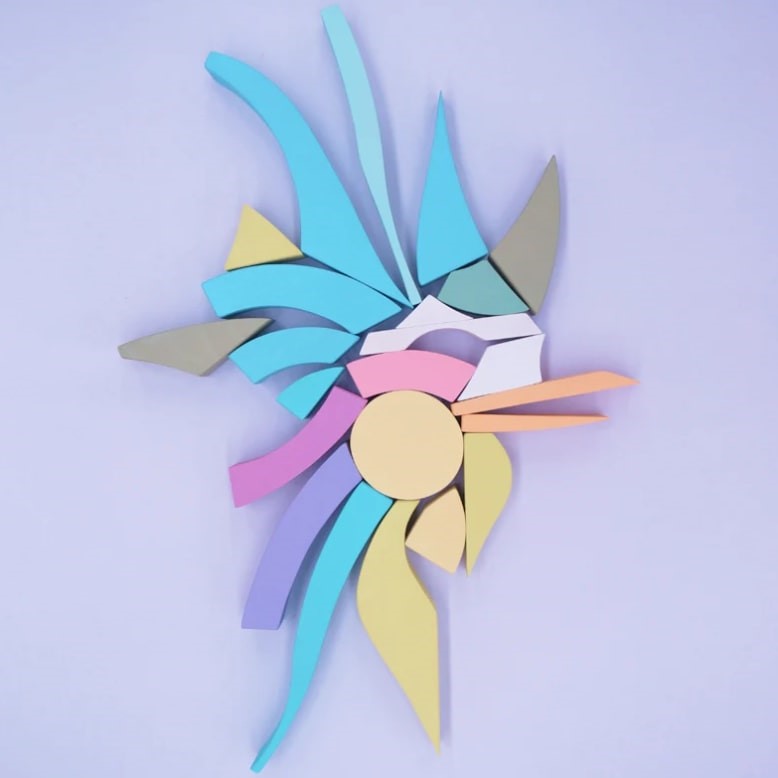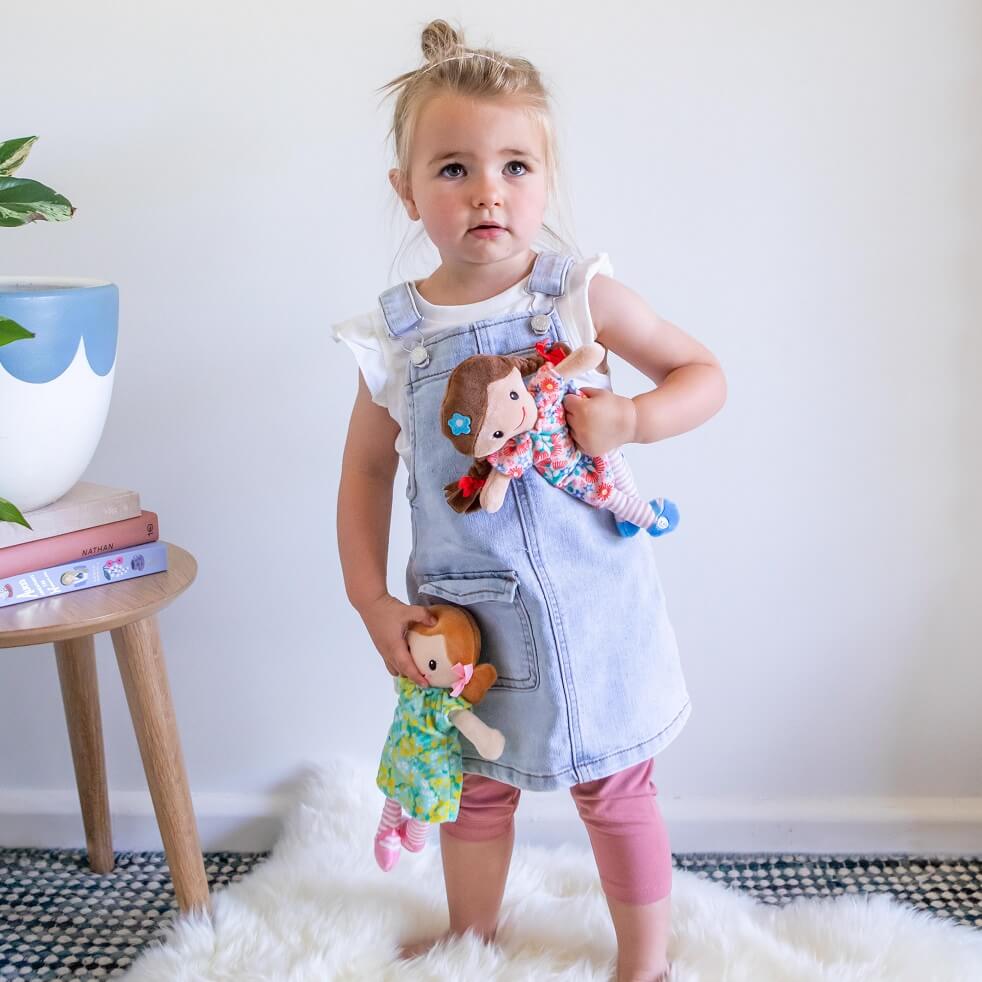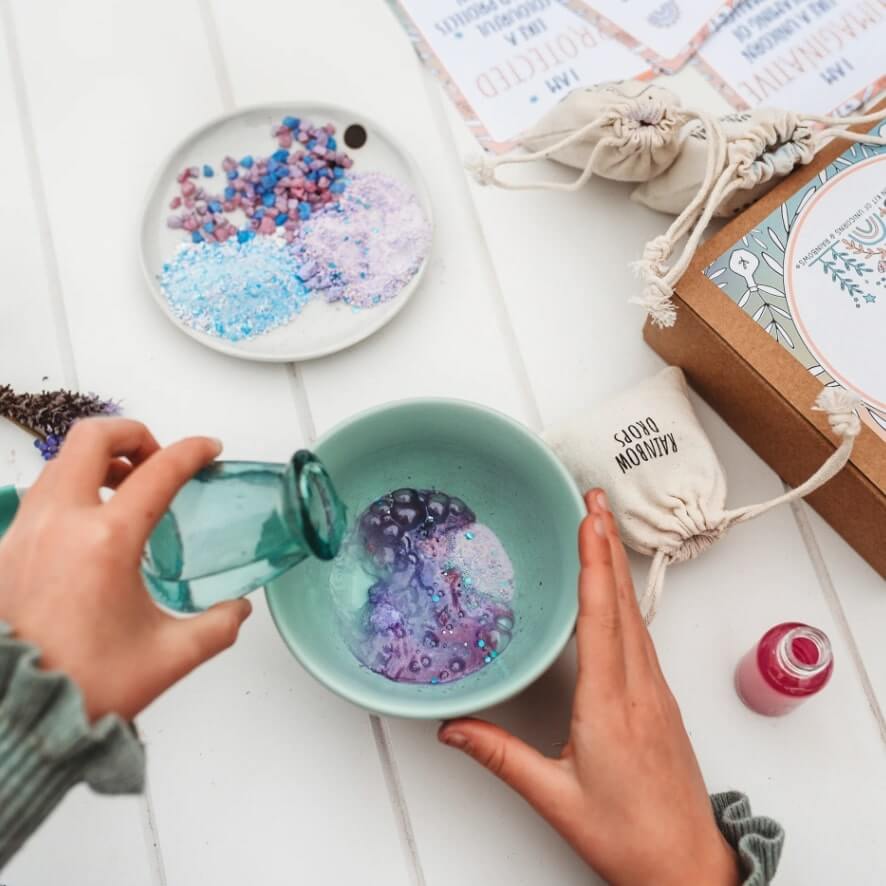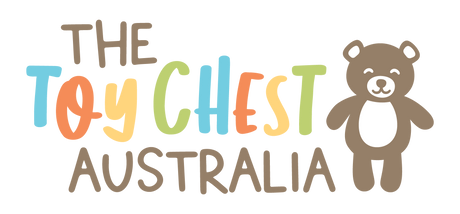What Is An Open-Ended Toy : And How Do They Benefit Child Development?

What is an open-ended toy?
 Toys and materials that are "open-ended" are those that offer a wide range of possibilities for creativity and play, rather than having a restricted function. They are typically simple, versatile, and with no specific predetermined purpose, they allow children to use them in a variety of ways, providing rich learning experiences across all developmental areas.
Toys and materials that are "open-ended" are those that offer a wide range of possibilities for creativity and play, rather than having a restricted function. They are typically simple, versatile, and with no specific predetermined purpose, they allow children to use them in a variety of ways, providing rich learning experiences across all developmental areas.
When there is no right or wrong in play, children can feel more confident to try new things and learn from mistakes. Open-ended toys support a child's natural curiosity and creativity, making them valuable tools for learning through play.
Many open-ended toys are also timeless classics that are well-loved and great value in terms of the use they will receive. Examples include wooden blocks, building sets, playdough, art supplies, dolls/action figures, dress-up clothes, and more.
The following is a more in-depth look at the benefits of open-ended toys:

Encouraging Creativity:
Open-ended toys offer a blank canvas that inspires children to use their imagination and invent their own stories and games. A set of blocks can transform into an epic castle, a city, or a spaceship; play dough becomes a canvas for sculpting dragons, molding food for a pretend feast, or simply squishing and squeezing to relieve stress.
Developing Cognitive Skills:
Open-ended play is a problem-solving playground. It encourages experimentation and exploration while enhancing cognitive skills such as spatial reasoning, and planning. Whether it's figuring out how to connect different building pieces or navigating a pretend obstacle course, providing open-ended toys will allow children to practice their critical thinking and adaptability.
Improving Fine and Gross Motor Skills:
Many open-ended toys require manipulation of smaller items, which can help hand-eye coordination and dexterity. Working with materials such as beads and small figurines refines fine motor skills like pincer grasp and finger control. Meanwhile, gross motor skills get a boost with open-ended toys that encourage movement. Dragging a giant fabric sheet across the floor develops coordination and core strength, while climbing and balancing on open-ended structures like pillows and blankets builds agility and spatial awareness.

Promote Social Skills:
Open-ended toys are often used in group play, which fosters social interaction, cooperation, and communication. This type of play creates opportunities to develop negotiation and conflict resolution skills, and invites collaboration, teamwork and turn-taking. For example, a group of children attempting to build a house with blocks or other open-ended materials must communicate their ideas and problem-solve together to achieve their goal.
Enhancing Emotional Development:
Open-ended play allows children to express themselves, work through their emotions, and develop empathy by creating and acting out scenarios. Team efforts require them to consider others' perspectives and feelings. They learn to negotiate, share, and compromise, all while fostering a sense of connection and belonging. Play with open-ended toys can also build resilience : through trial and error, children learn to persevere through challenges and setbacks, building frustration tolerance.
Adaptable to Different Ages and Stages:
Unlike their structured counterparts, open-ended toys aren't limited by age or skill level; they can be used by children of various ages and adapt to their developmental stage. As children grow, they find new ways to play with the same toys and expand their skills. For very young children, sensory exploration takes centre stage: they may enjoy simply experiencing the texture and colours of a simple wooden figurine, for example, but as they develop, that same object becomes a tool for imaginative play.
Sustainability:
Many open-ended toys are made of durable, natural materials and are built to last. Because they can be played with in so many ways and remain suitable as children grow, they become staples in the playroom, often over many years. With less need to constantly replace toys with new ones, there is of course less waste.

Reducing Overstimulation:
Open-ended toys usually have a simple design which can be a welcome break from overstimulating electronic toys. Lights, sounds and other distractions can not only be overwhelming for children, but also tend to provide only a passive form of engagement. In contrast, open-ended toys invite active participation and ignite a child's own imagination.
Extending Attention Span:
The endless possibilities offered by open-ended toys prevents boredom and the desire to move on to the next thing. With each new discovery or creation, the child faces a fresh challenge, holding their attention and encouraging them to invest more time in exploring the toy's potential. As children master skills and explore their creativity with open-ended toys, their sense of accomplishment and self-reliance motivates them to continue. Open-ended play allows children to enter a state of "deep play," characterized by intense focus and absorption. This state facilitates deeper learning, engagement, and exploration, naturally extending the child's attention span as they become fully immersed in their play.
SUMMARY
Open-ended toys empower children to take the lead in their play. These simple materials become springboards for creativity, exploration, independence, and a love for learning. More than just entertainment, they offer a valuable contribution to a child's holistic development.
What is an open-ended toy?
Toys and materials that are "open-ended" are those that offer a wide range of possibilities for creativity and play, rather than having a restricted function. They are typically simple, versatile, and with no specific predetermined purpose, they allow children to use them in a variety of ways, providing rich learning experiences across all developmental areas.
 When there is no right or wrong in play, children can feel more confident to try new things and learn from mistakes. Open-ended toys support a child's natural curiosity and creativity, making them valuable tools for learning through play.
When there is no right or wrong in play, children can feel more confident to try new things and learn from mistakes. Open-ended toys support a child's natural curiosity and creativity, making them valuable tools for learning through play.
Many open-ended toys are also timeless classics that are well-loved and great value in terms of the use they will receive. Examples include wooden blocks, building sets, playdough, art supplies, dolls/action figures, dress-up clothes, and more.
The following is a more in-depth look at the benefits of open-ended toys:
Encouraging Creativity:
Open-ended toys offer a blank canvas that inspires children to use their imagination and invent their own stories and games. A set of blocks can transform into an epic castle, a city, or a spaceship; play dough becomes a canvas for sculpting dragons, molding food for a pretend feast, or simply squishing and squeezing to relieve stress.

Developing Cognitive Skills:
Open-ended play is a problem-solving playground. It encourages experimentation and exploration while enhancing cognitive skills such as spatial reasoning, and planning. Whether it's figuring out how to connect different building pieces or navigating a pretend obstacle course, providing open-ended toys will allow children to practice their critical thinking and adaptability.
Improving Fine and Gross Motor Skills:
Many open-ended toys require manipulation of smaller items, which can help hand-eye coordination and dexterity. Working with materials such as beads and small figurines refines fine motor skills like pincer grasp and finger control. Meanwhile, gross motor skills get a boost with open-ended toys that encourage movement. Dragging a giant fabric sheet across the floor develops coordination and core strength, while climbing and balancing on open-ended structures like pillows and blankets builds agility and spatial awareness.

Promote Social Skills:
Open-ended toys are often used in group play, which fosters social interaction, cooperation, and communication. This type of play creates opportunities to develop negotiation and conflict resolution skills, and invites collaboration, teamwork and turn-taking. For example, a group of children attempting to build a house with blocks or other open-ended materials must communicate their ideas and problem-solve together to achieve their goal.
Enhancing Emotional Development:
Open-ended play allows children to express themselves, work through their emotions, and develop empathy by creating and acting out scenarios. Team efforts require them to consider others' perspectives and feelings. They learn to negotiate, share, and compromise, all while fostering a sense of connection and belonging. Play with open-ended toys can also build resilience : through trial and error, children learn to persevere through challenges and setbacks, building frustration tolerance.
Adaptable to Different Ages and Stages:
Unlike their structured counterparts, open-ended toys aren't limited by age or skill level; they can be used by children of various ages and adapt to their developmental stage. As children grow, they find new ways to play with the same toys and expand their skills. For very young children, sensory exploration takes centre stage: they may enjoy simply experiencing the texture and colours of a simple wooden figurine, for example, but as they develop, that same object becomes a tool for imaginative play.
Sustainability:
Many open-ended toys are made of durable, natural materials and are built to last. Because they can be played with in so many ways and remain suitable as children grow, they become staples in the playroom, often over many years. With less need to constantly replace toys with new ones, there is of course less waste.

Reducing Overstimulation:
Open-ended toys usually have a simple design which can be a welcome break from overstimulating electronic toys. Lights, sounds and other distractions can not only be overwhelming for children, but also tend to provide only a passive form of engagement. In contrast, open-ended toys invite active participation and ignite a child's own imagination.
Extending Attention Span:
The endless possibilities offered by open-ended toys prevents boredom and the desire to move on to the next thing. With each new discovery or creation, the child faces a fresh challenge, holding their attention and encouraging them to invest more time in exploring the toy's potential. As children master skills and explore their creativity with open-ended toys, their sense of accomplishment and self-reliance motivates them to continue. Open-ended play allows children to enter a state of "deep play," characterized by intense focus and absorption. This state facilitates deeper learning, engagement, and exploration, naturally extending the child's attention span as they become fully immersed in their play.
SUMMARY
Open-ended toys empower children to take the lead in their play. These simple materials become springboards for creativity, exploration, independence, and a love for learning. More than just entertainment, they offer a valuable contribution to a child's holistic development.
- The Toy Chest Australia



Comments 0